【Video】Traditional Methods of a Japanese Sword
- Return to INDEX
- ❶Hida Takayama seen from the sky
- ❷Gujo Hachiman Castle & Gujo Odori Dance Festival
- ❸Mino Washi Akari Art Contest & Exhibition
- ❹Traditional Methods of a Japanese Sword
This Folklore Museum is an institution which tells the work of Seki blacksmith inherited from the Kamakura period (1185-1333).
The materials of a Japanese sword are iron sand.Tamahagane(steel made from iron sand or black sand) with high purity is built using a tatara iron making furnace. Tamahagane is heated and it hammers out flat. The material is small divided into 2-3cm. The portion without impurities is used for surface wood and the sticky material is used for core. First, the material broken small is accumulated that there is no crevice on a stand, and it is wrapped in the Japanese paper wet with water. Straw ashes are applied and muddy water is poured. After heating and taking out steel, it is struck in order to harden. This process is called Tanren(temper). Stickiness and intensity of steel increase by Tanren(temper). Moreover, this work removes impurities and induces the result which makes the amount of carbon equalize. This work is repeated. Moreover, while applying straw ashes so that steel may not burn, muddy water is poured in order to boil to the heart. A cut is put in in the center of steel and steel is turned up. A countless layer is formed in steel by repeating this work. This layer induces the toughness of a Japanese sword. Garbage etc. is blown away with the steam generated by pouring water on steel.
Comparatively soft iron cores is wrapped in hard iron shell. The characteristic of the Japanese sword which does not break or bend but moreover cut well is produced. This is struck and extended and the prototype of a sword is built. After hammering out in the form of a sword using small mallet, the tip is cut aslant and the tip of a sword is built, Special clay is thinly applied at the tip of an edge, and is thickly applied to the other portion. Although the portion of the edge applied thinly is heated quickly and increases hardness, the portion applied thickly is heated slowly and its pliability increases. This is deleted with a file and unevenness is lost.
Habaki is part protected so that a sword may not contact Saya(sheath) which covers a sword. Saya (sheath) is used in order to keep the edge of a blade sharp. Finally a sword is ground and a Japanese sword is finished.
Map
Photo
-
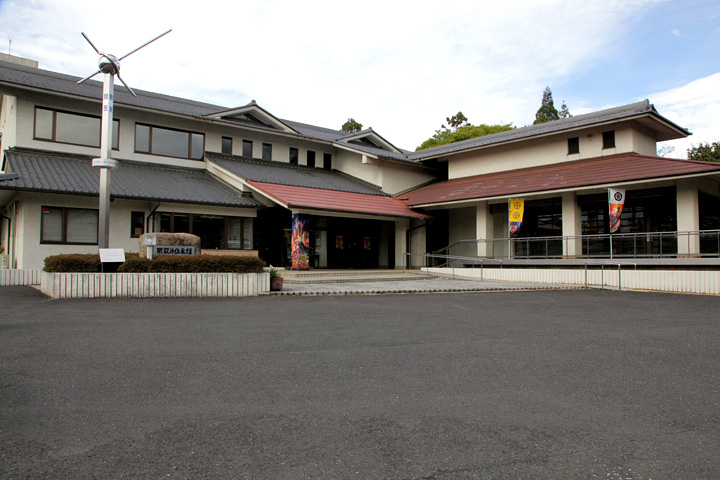
Seki Kaji(Blacksmith) Folklore Museum
-
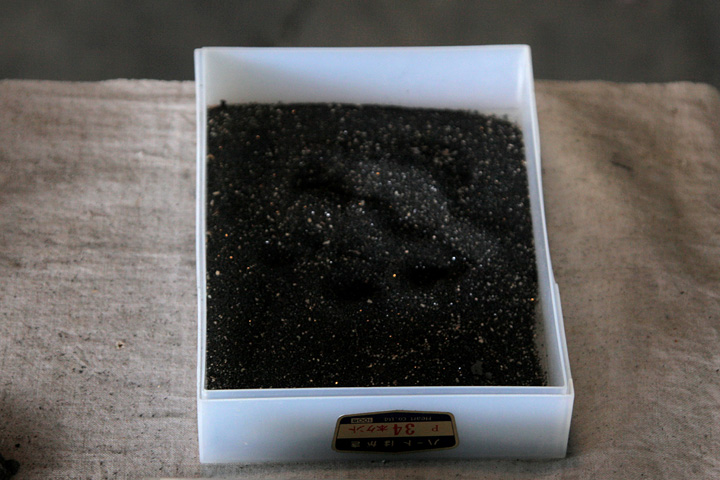
Iron sand of the Izumo district
-
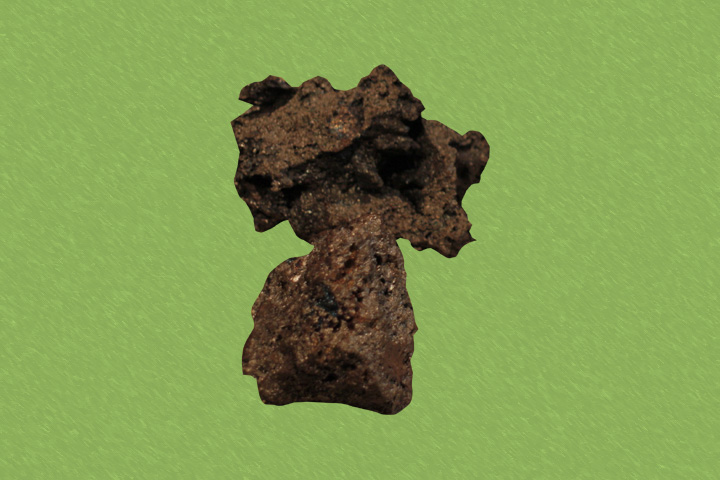
Steel made from iron sand
-
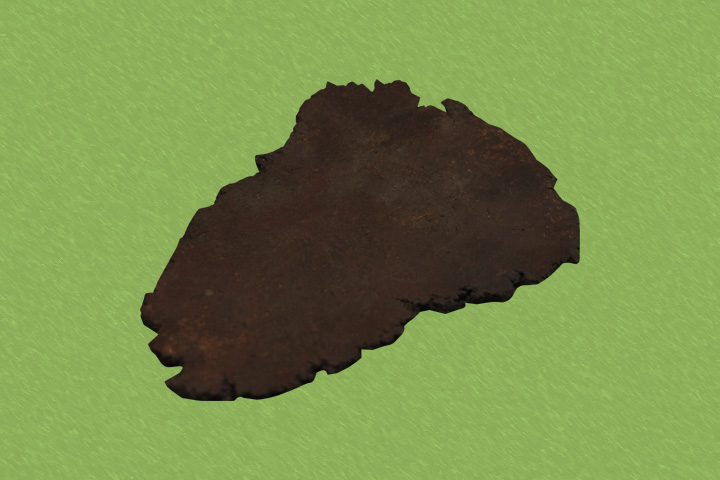
Lengthened material
-
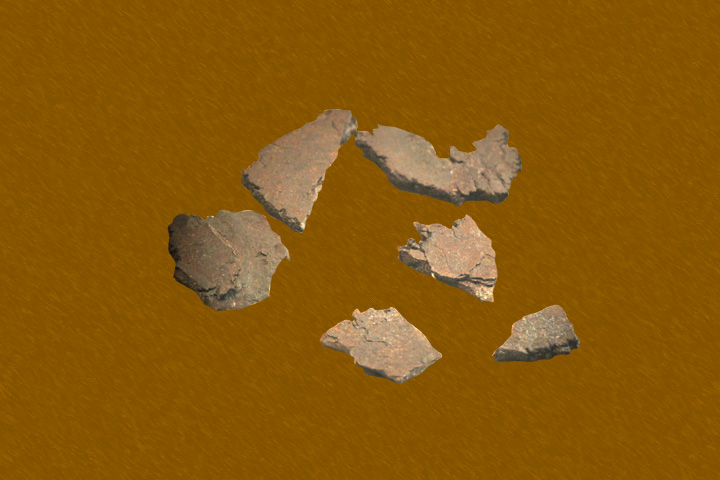
The crushed material
-
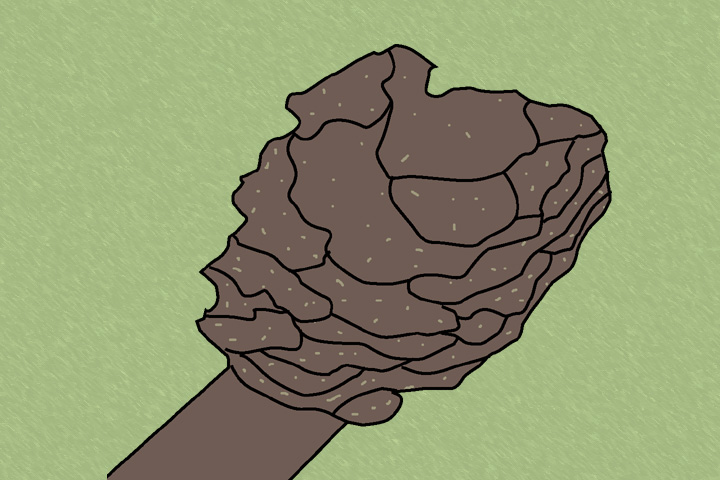
Material wrapped in the wet Japanese paper
-

Steel struck and hardened
-
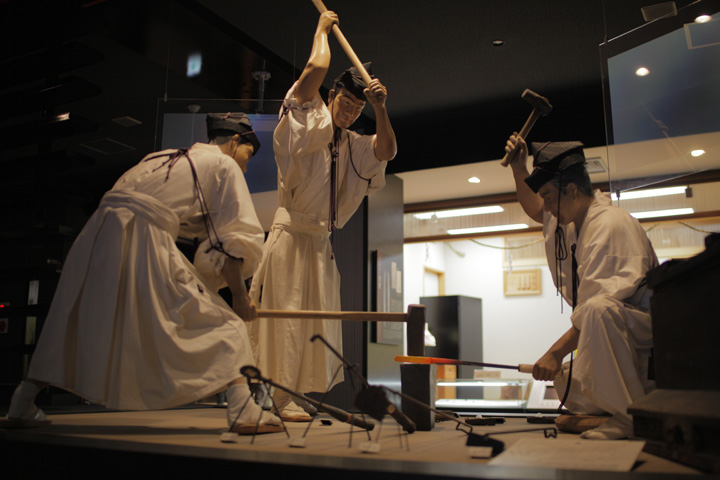
Tanren(temper)
-
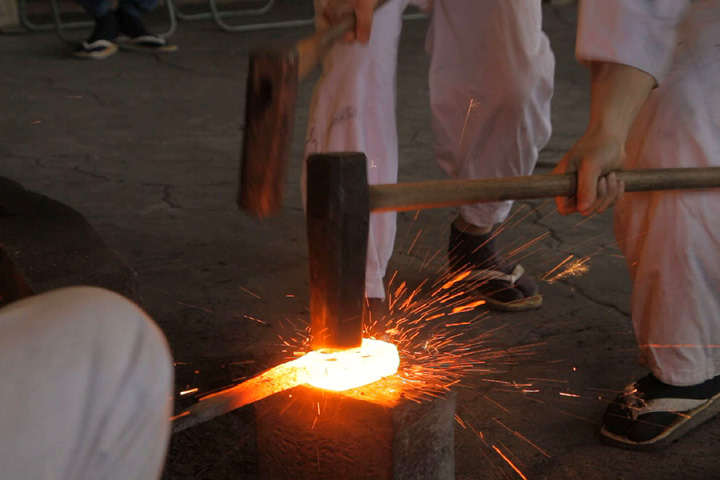
Tanren(temper)
-
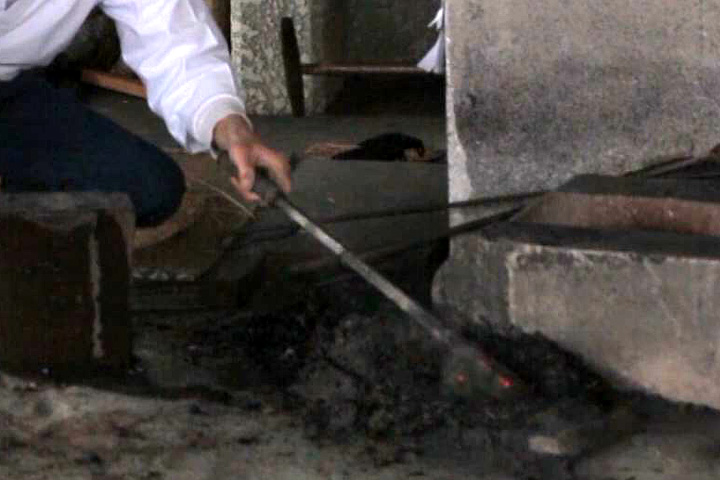
Material to which straw ashe was applied
-
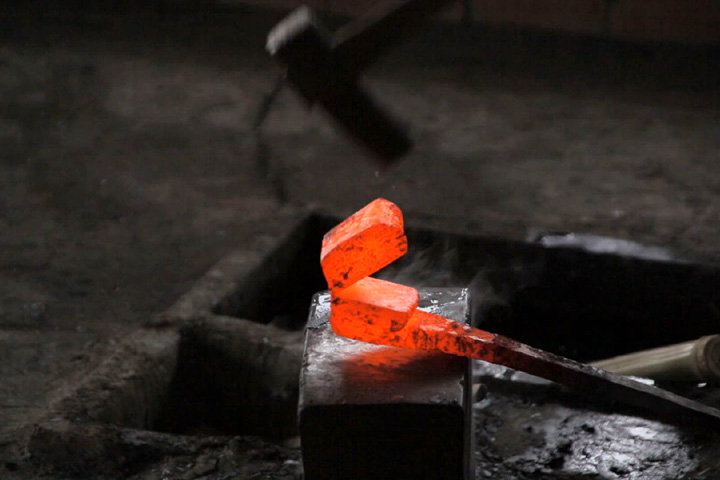
Steel is tempered about 10 to 20 times
-
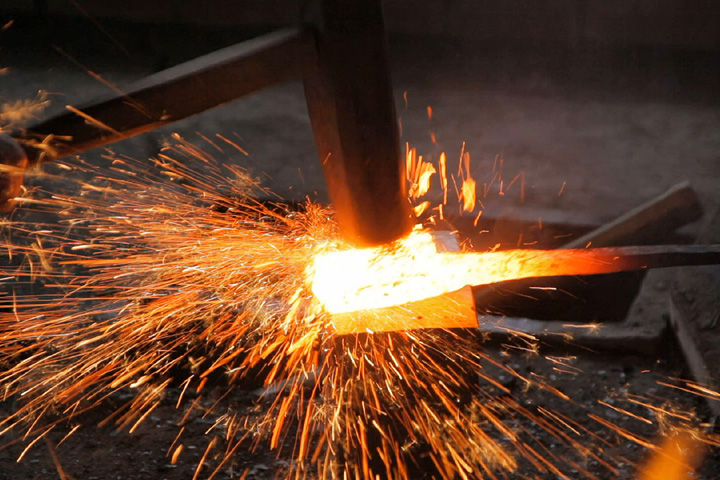
Steel is tempered about 10 to 20 times
-
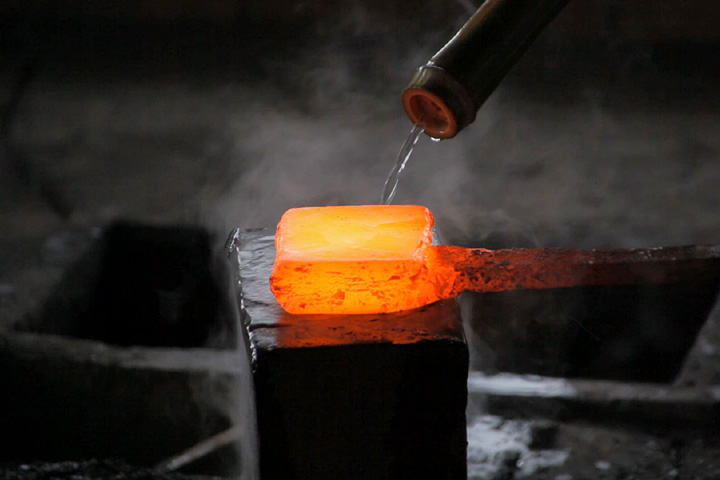
Srinkle with water
-
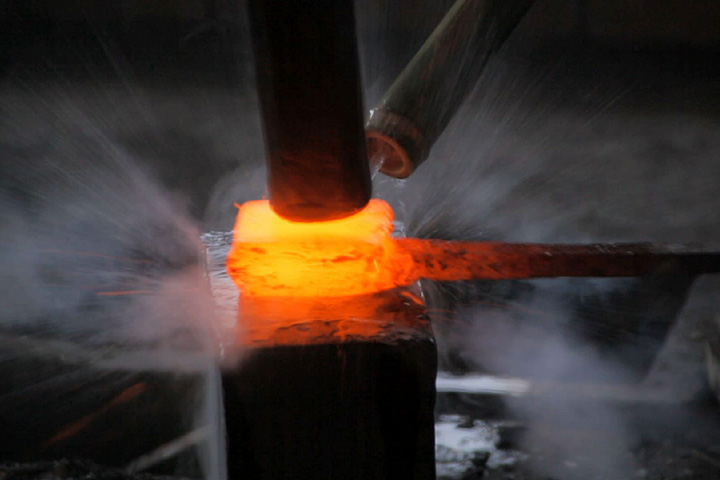
Garbage etc. is blown away with steam
-
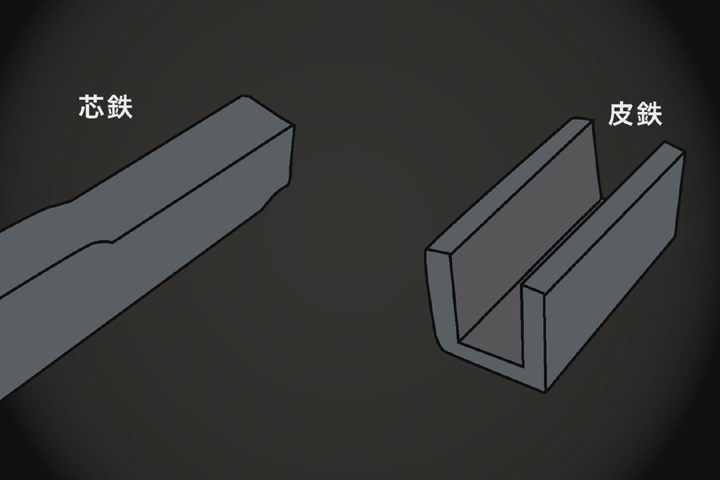
Soft iron is covered with hard iron
-
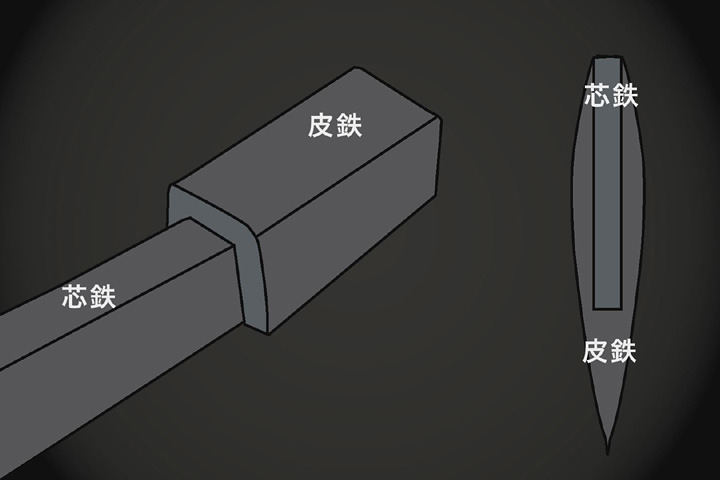
The sharp and tough characteristic is born
-
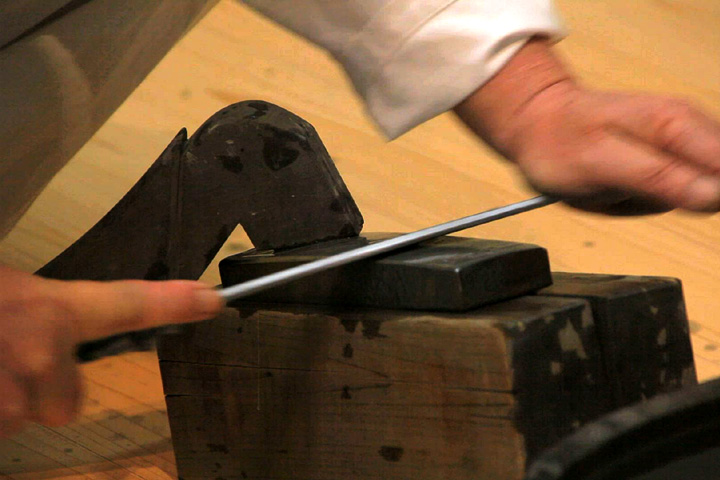
Sharpener of swords
-
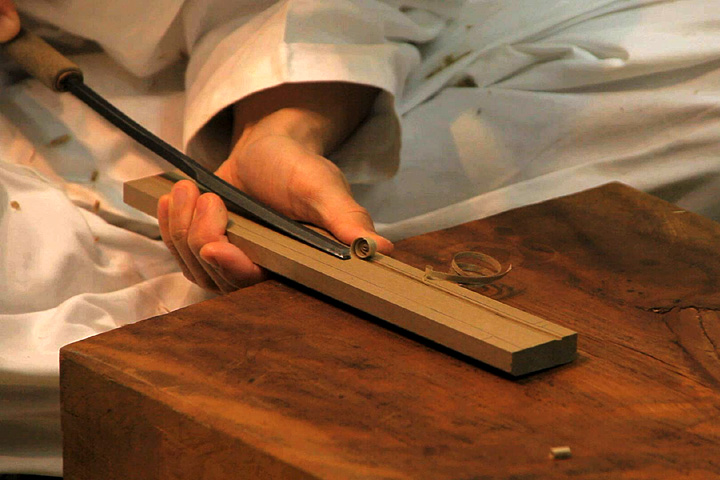
Manufacture of a sheath
-
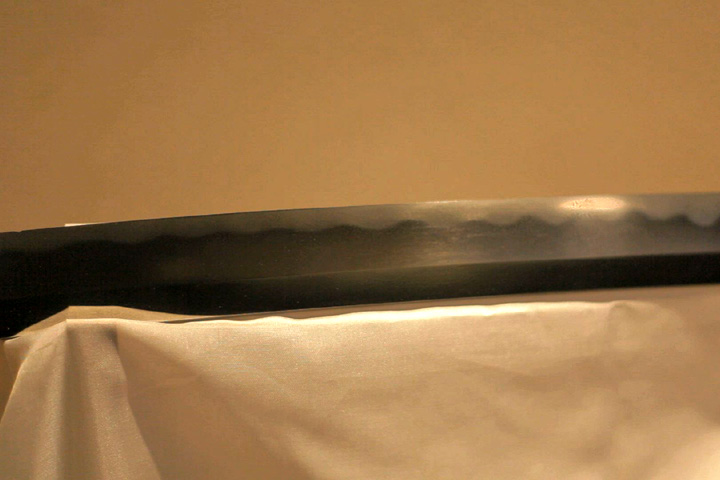
The completed Japanese sword
-
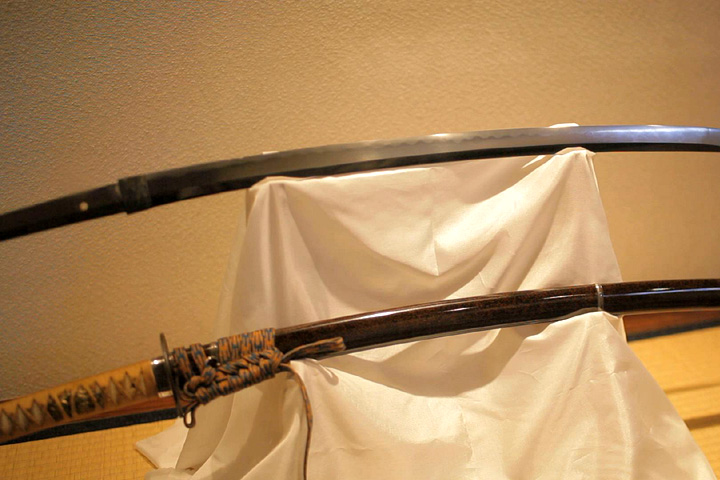
The completed Japanese sword


